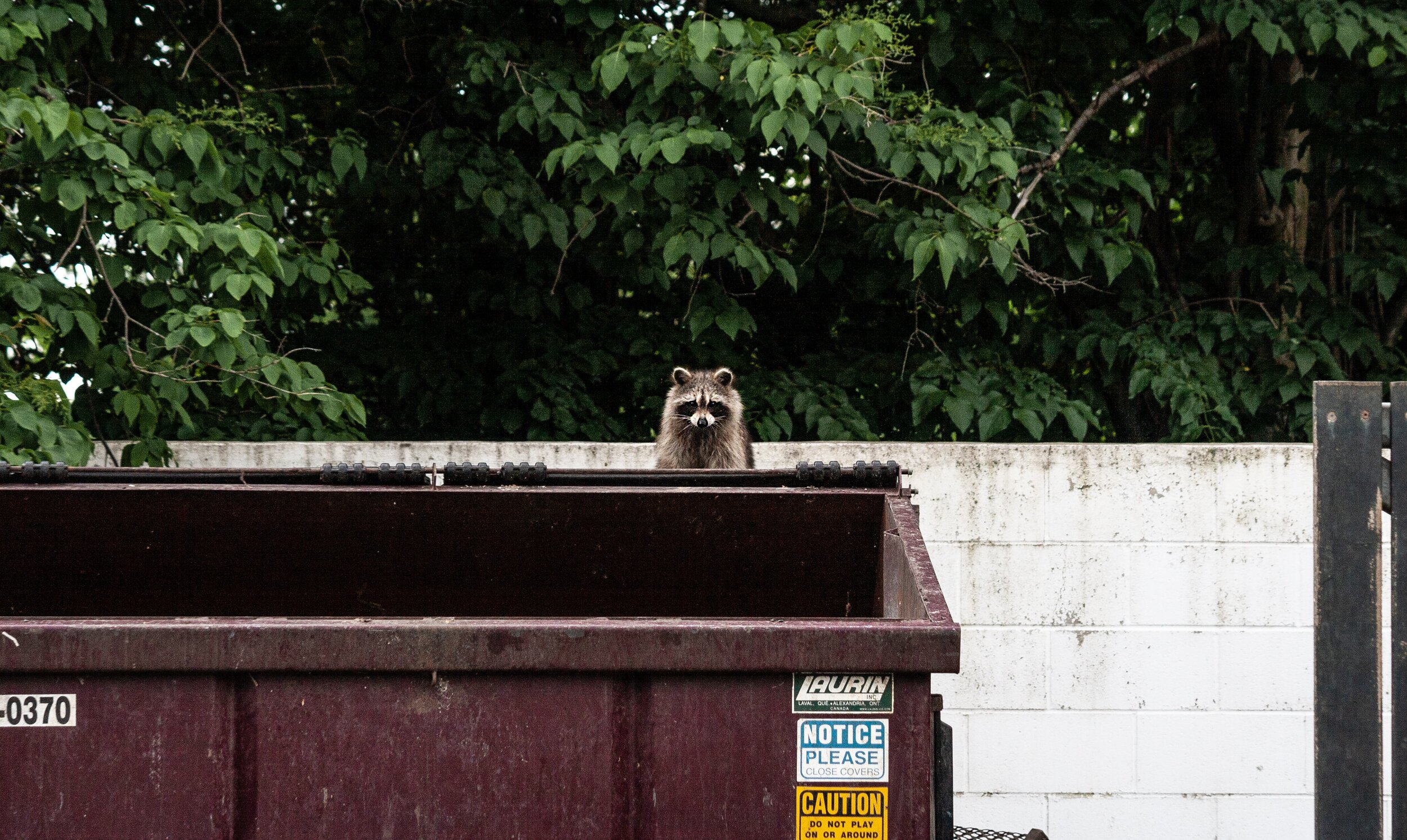Colorado has become the latest state with noticeable reports of Canine Distemper in the local raccoon population.
Colorado officials have confirmed the presence of canine distemper in raccoons - the most recent of which in Weld County.
Officials with the Weld County Department of Public Health and Environment stated last week that Colorado Parks and Wildlife detected the presence of the disease in a raccoon that had been sent to the agency for testing.
Residents in Greeley, a municipality 49 miles north-northeast of Denver, made several reports of dead or disoriented raccoons; prompting an investigation into a possible distemper outbreak by local and state health officials. Local media reports the Greeley Police Department’s call logs show officers responding to reports of sick or dead raccoons on an almost daily basis going back to early October.
In March of this year, police in Brighton, 30 miles south of Greeley, received 11 cases which may have involved infected raccoons. One raccoon was sent to Colorado Parks and Wildlife Health Lab, confirming the presence of the distemper virus. All 11 raccoons were given a presumptive diagnosis of canine distemper which is now extended for all of Adams County by Colorado Parks and Wildlife, according to reports.
Suburbs in Colorado are the latest to report canine distemper outbreaks amongst raccoon populations, which include Chicago, and areas of the Northeast United States.
Canine Distemper is a highly contagious disease of carnivores caused by a virus that affects animals such as unvaccinated dogs, coyotes, foxes, skunks and raccoons, according to officials. Canine distemper cannot be passed on to people and presents no danger to humans; however, there is no treatment for animals infected with the disease. Because there have been no known cases of distemper in humans, local officials don’t test for it, prompting distemper testing to be performed at the state level by Colorado Parks and Wildlife.
A raccoon infected with distemper, as evidenced by crusting around its eyes. (Photo | Colorado Parks and Wildlife)
Animals in advanced stages of the disease display coordination issues and appear lethargic or abnormally unafraid of humans, similar to Rabies Virus. Symptoms of CDV are commonly mistaken for rabies, and although the raccoon variant of rabies doesn’t exist in Colorado, raccoons can contract the disease through interaction with other vectors such as skunks.
Common symptoms include abnormal behavior, seizures, crusting around the eyes and nose, and other general signs of illness. It is spread through direct contact with infected animals.
New Hampshire officals reported a new strain of the disease found amongst Fisher in that state earlier this year, along with neighboring Vermont, and a raccoon having a presence of the disease in nearby Rhode Island.
Pet owners can have their dogs vaccinated to protect them from the disease, which attacks the respiratory, gastrointestinal and nervous systems. Animals infected with canine distemper rarely survive, according to CP&W.
As we’ve continued to point out in previous posts, the distemper virus, like rabies, is a density dependent disease; meaning the more vectors (animals available to transmit the disease), the more likely the disease is to spread throughout a given area. With an endless buffet of easily attainable food in America’s city streets and dumpsters - issues with furbearer-prone diseases are almost certain to continue in these urban environments.
As states like California push for more restrictions on the regulated take of wildlife, and more people become removed from rural outdoor activities such as hunting and trapping, one could suspect diseases such as CDV are likely to become more problematic.
As we’ve also pointed out on multiple occasions, while wildlife suffering from disease outbreaks in rural America tend to go less noticed (out of sight, out of mind, right?), a distemper outbreak in urban areas such as Colorado’s suburbs, tends to take place right under society’s nose - allowing for a front row seat to “natures course” in real time.








After successful fundraising efforts from a dedicated group of local hunters, the NH Wildlife Heritage Foundation secured funding for a comprehensive study to investigate distemper (CDV) impacts on New Hampshire’s furbearers last year. The department initially requested turn-in of carcasses from grey foxes hunted or trapped during the legal hunting and trapping seasons. This year, that study has now expanded to include a desire for carcasses from both Red and Grey Fox, as well as Fisher.